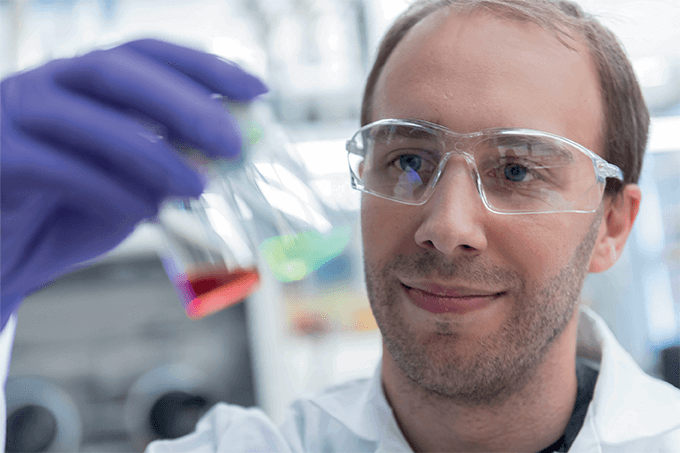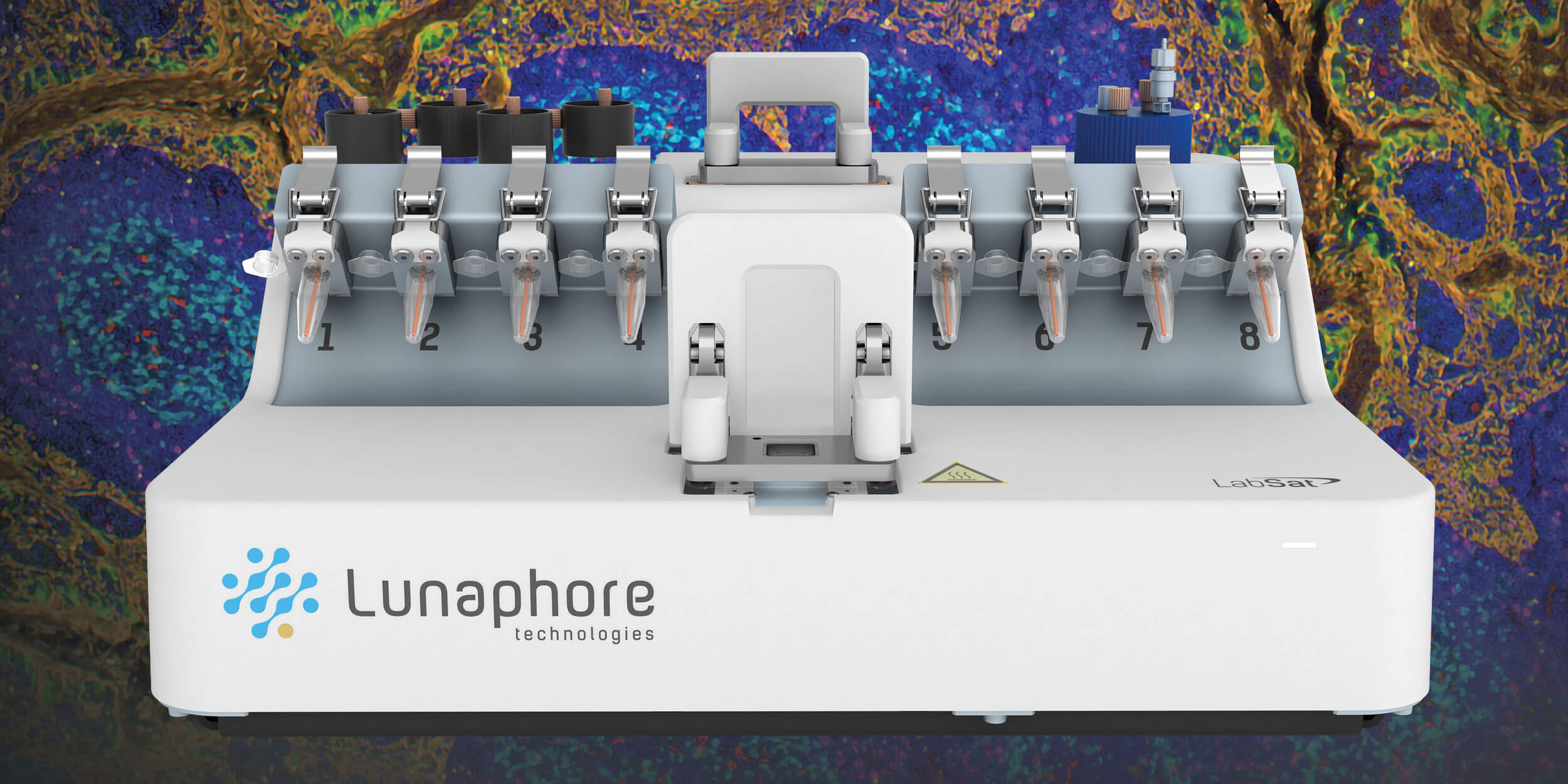
Better Biosensors for Prostate Cancer
A semiconductor microchip opens new doors for point-of-care testing
Olivia Gaskill | | 2 min read | News
Rapidly detecting disease is a crucial part of quality healthcare and, with telemedicine and portable technology on the rise, there is a growing appetite for better point-of-care testing – whether in the clinic or remotely at a patient’s home. Now, researchers at the Toyohashi University of Technology in Japan have proposed a minimally invasive biosensor that uses semiconductor micromachine technology to detect disease (1).
Traditional sensors of this type use a thin film of antibodies, deposited using spin coating and ultraviolet irradiation, to trap antigens for detection; the electrical repulsion between trapped antigens deforms this film, leading to a sensor readout. However, this process of antigen capture and deformation also deteriorates the film – so, for their biosensor, the researchers opted to use minimally invasive chemical vapor deposition to create the film, yielding a uniform, sensitive detection device with a film five to 10 times thinner than previous attempts.
Finally, the team tested the new biosensor with prostate cancer biomarkers, demonstrating a molecular selectivity and concentration dependence for prostate-specific antigens with concentrations ranging between 100 ag/mL and 1 µg/mL. Furthermore, the sensor’s minimum limit of detection was reported to be 2,000,000-fold lower than that of existing alternatives. Based on these findings, the researchers believe the biosensor could offer new options for point-of-care prostate cancer testing, allowing biomarker detection with high portability, sensitivity, and stability.
What’s next? The researchers hope to continue improving overall test speed and portability and to adapt their biosensor to detect other diseases. Ultimately, they hope to increase early detection of a wide variety of diseases and “create a society where everyone will be able to take tests easily and undergo medical examinations by physicians remotely (2).”
- T Maeda et al., Sensors (Basel), 22, 1356 (2022). PMID: 35214266.
- Toyohashi University of Technology (2022). Available at: https://bit.ly/3wlkR6i.
During my undergraduate degree in psychology and Master’s in neuroimaging for clinical and cognitive neuroscience, I realized the tasks my classmates found tedious – writing essays, editing, proofreading – were the ones that gave me the greatest satisfaction. I quickly gathered that rambling on about science in the bar wasn’t exactly riveting for my non-scientist friends, so my thoughts turned to a career in science writing. At Texere, I get to craft science into stories, interact with international experts, and engage with readers who love science just as much as I do.















